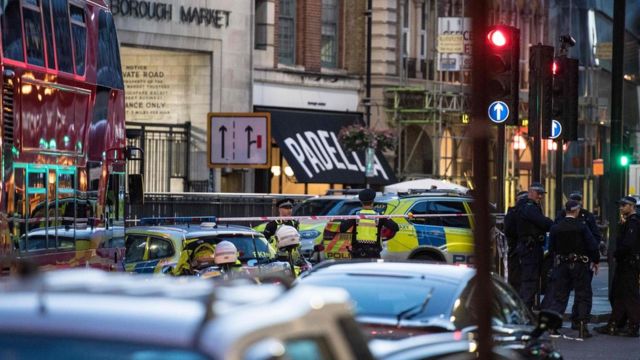
United Artists bought the rights to Bwana Devil from Arch Oboler Productions for $500,000 and a share of the profits and began a wide release of the film in March as a United Artists film. Natural Vision announced they would make 12 follow up films. Long thought lost, the short rejoined Bwana Devil for screenings at the Egyptian Theater in 20. Gunzburg presents 3D, a short film produced by Bob Clampett and featuring Beany and Cecil, was screened preceding the film. It opened in San Francisco on December 13, Philadelphia, Dallas, Houston, and San Antonio on December 25, and New York on February 18, 1953. The film was a critical failure, but a runaway success with audiences. The two-strip Natural Vision projection system required making substantial alterations to a theater's projectors and providing its screen with a special non-depolarizing surface. The anaglyph color filter method was only used for a few short films during these years. screenings of feature-length 3D films in the 1950s, the polarized light method was used and the audience wore 3D glasses with gray Polaroid filters. It opened to the public the following day. The film premiered under the banner of "Arch Oboler Productions" on Wednesday, Novemwith a twin engagement at the Hollywood Paramount Theatre and the Paramount Theatre in downtown Los Angeles.
#Bwana makuba code#
The film was given Code approval in two dimension but not in three dimension due to a kissing scene. Lloyd Nolan appeared in a prologue for the film. Ansco Color film was used, instead of the more expensive and cumbersome Technicolor process.

Authentic African footage shot by Arch Oboler in 1948 (in 2D) was incorporated into the film. There is now a hiking trail in the area named "The Bwana Trail" to denote the locations used in Bwana Devil. The Paramount Ranch, now located in The Santa Monica Mountains National Recreation Area, sat in for an African savanna. The film was shot in the San Fernando Valley. (Oboler already announced he would make a second film in the format, Spear in the Sand with Lisa Howard. The title of Oboler's film was changed to Bwana Devil in June 1952. Įventually Duff and Miller dropped out and were replaced by Robert Stack and Barbara Britton. Howard Duff and Hope Miller were the first stars signed. It was always going to be in Natural Vision. He said it would be called The Lions of Gulu and would include footage shot in Africa several years beforehand. Oboler announced the project in March 1952. Oboler said he had overheard Joseph Biroc and the camera crew talking about 3D while filming The Twonky and Oboler became interested. Oboler was impressed enough to option it for his next film project. Milton Gunzburg turned his focus to independent producers and demonstrated Natural Vision to Arch Oboler, producer and writer of the popular Lights Out radio show. Only John Arnold, who headed the Metro-Goldwyn-Mayer camera department, was impressed enough to convince MGM to take an option on it, but they quickly let the option lapse. Both Columbia and Paramount passed it up. 20th Century Fox was focusing on the introduction of CinemaScope and had no interest in another new process.

Cinerama had premiered on Septemat the Broadway Theater in New York and was a success there, but its bulky and expensive three-projector system and huge curved screen were impractical, if not impossible, to duplicate in any but the largest theaters.įormer screenwriter Milton Gunzburg and his brother Julian thought they had a solution with their Natural Vision 3D film process. Television was seen as the culprit and Hollywood was looking for a way to lure audiences back. The story was also the basis for the film The Ghost and the Darkness (1996) with Michael Douglas and Val Kilmer.īy 1951 film attendance had fallen dramatically from 90 million in 1948 to 46 million.

Patterson, the British engineer who killed the animals. These incidents were also the basis for the book The Man-eaters of Tsavo (1907), the story of the events as written by Lt. The plot was based on a well-known historical event, that of the Tsavo maneaters, in which many workers building the Uganda Railway were killed by lions. Bob kills the lions and proves that he is not a weakling. A grim battle between Bob and the lions endangers both Bob and his wife. After the game hunters are killed by the lions, Bob sets out once and for all to kill them. Hayward desperately attempts to overcome the situation, but the slaughter continues.īritain sends three big-game hunters to kill the lions. A pair of man-eating lions are on the loose and completely disrupt the undertaking. Two men in charge of the mission are Bob Hayward and Dr. Thousands of workers are building the Uganda Railway, Africa's first railroad, and intense heat and sickness make it a formidable task. The film is set in British East Africa in the early 20th century.


 0 kommentar(er)
0 kommentar(er)
